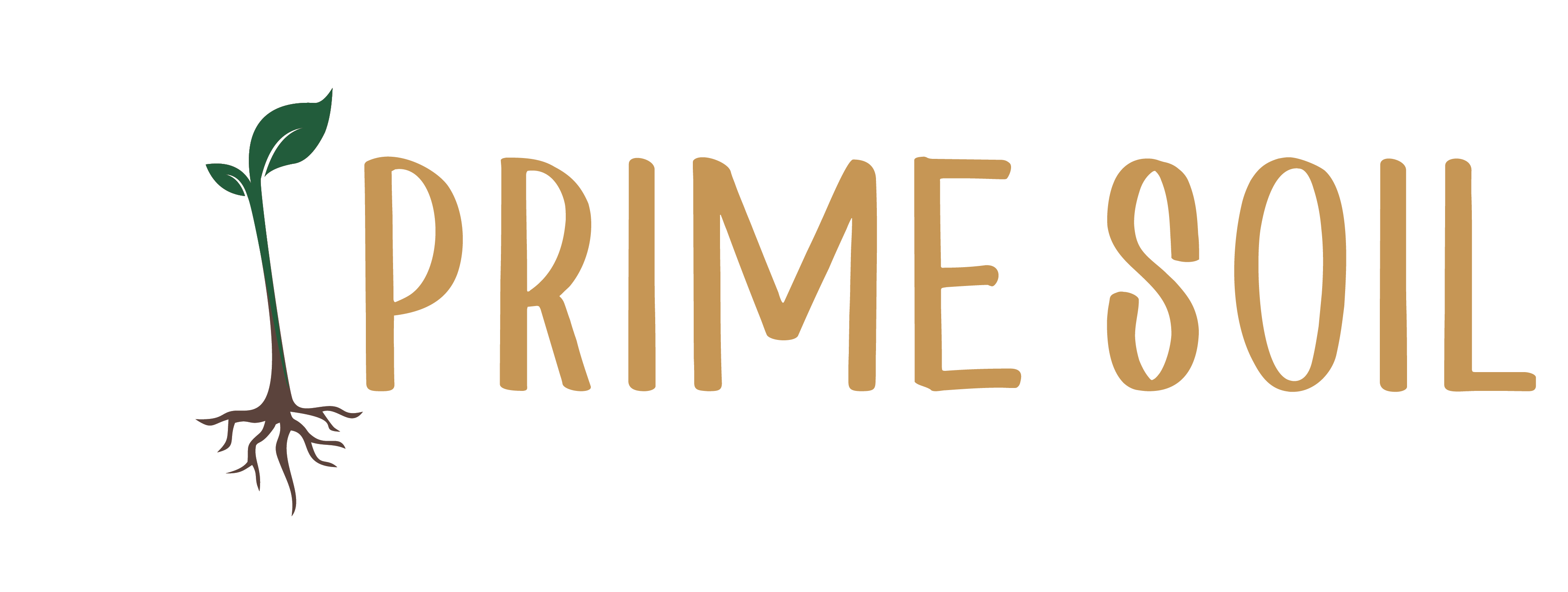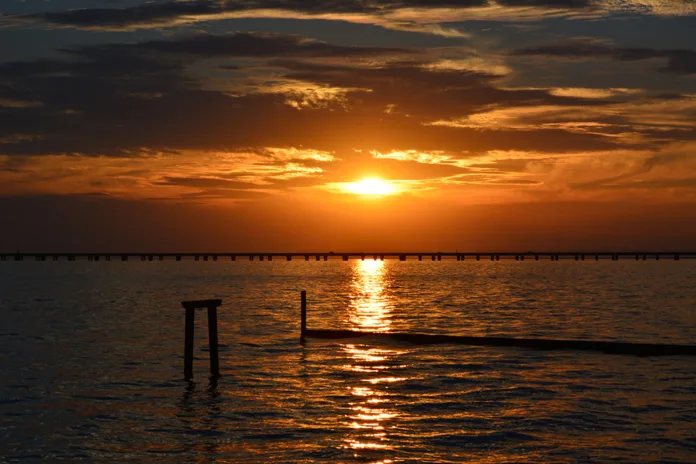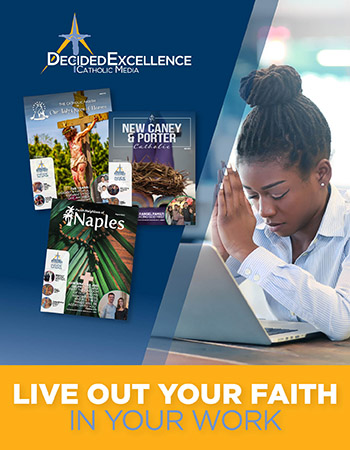A good name is better than precious ointment; And the day of death, than the day of birth. It is better to go to the house of mourning than to go to the house of feasting; For this is the end of all men, And the living will lay it to heart. – Eccl. 7:1-2 (RSV)
Every time the Medievals pondered Our Lord’s nativity, they considered it in the context of his bloody death. The two were totally intertwined: He was born naked into a wooden manger among the straw food of animals so that He might die naked on a wooden cross to become the heavenly food of men. But a little while ago I was reading the passage above, Ecclesiastes 7:1-2, and found it hard to read in light of the Advent season. Verse 8 of the same chapter adds, “Better is the end of a thing than its beginning.” The whole song is an exhortation to cultivate wisdom by being mindful of the ends of things, not their beginnings or their present state. So an honest reputation is better than the signs of an ephemeral wealth; death is better than birth; mourning is better than celebration; and so on.
This was difficult for me to read, for a number of reasons. Would it be easy for you to read? Here we are, balanced lightly and, as it were, freshly at the top of a new liturgical year. We look forward to celebrating the birth of our Savior. Our minds are full of beginnings, and the wonderful remembrance of family. Yet here is a tough reminder in scripture: what have we to do with beginnings? What have we even to do with celebration? For as the Medievals would quickly remind us, Christ was born to die, and His death was for our sins. This is the paradox of the Christian faith, that we are born anew into the supernatural, almost ridiculous joy of the Church, but this joy can only be really grasped through the tragedy of the Cross. We are born through baptism to die. In order to laugh we must weep. In order to gain everything through Christ we must renounce it all. Somehow this is wisdom, the key to receiving the real joy of the Gospel.
I traveled recently to New Orleans. There stands the second longest bridge over water in the world—the longest in the world until 2018, when a longer one was built in China which required the construction of artificial islands to facilitate its passage. Was this really fair? But I digress. The bridge in New Orleans, the Lake Pontchartrain Causeway, is about 24 miles across. Except on the clearest days (I was told, as my friends and I were driving across it) the land on both sides will disappear from view, leaving you on an apparently infinite road stretching from water to water, with no earth in sight.
As my friend was driving us across, I stared out the window at the endless water, which, everywhere I looked, was moving like a living thing. Jostling, jumping, sliding, now breaking high, now sinking low, like millions of children on a trampoline. It was calm water, but nowhere was it still. Looking on, I remembered a time as a little boy from the desert when I was seeing the sea for the first time. I wondered why it never stood still, as the sand and rocks did. What on earth could be so strong as to churn this water, greater than anything else on earth, so that it was always swimming through itself, falling onto the beachheads, singing its salty song? What could, like a magician, summon the sea onto the land at one time, and banish it back to the depths, commanding untold buckets and baths-full of brine to obey as though it had always been where it just in an hour moved to? Years later I was told, as if this were the antidote to curiosity, that the moon had something to do with all of it. Our little sister’s gravity moved the tides, and since the water was always being shifted from one place to another it was always sloshing a bit at the top, like a glass of apple juice sliding back and forth between my hands.
But as I drove along that causeway surrounded by water, I remembered my old wonder. I realized that because the water moves, I can infer that it is full of energy. It is not inert: it is really brimming with vigor and force. The waves are not confused: they are dancing for joy. Around that bridge were innumerable primordial children of creation rejoicing tirelessly in their creator.
But what for me was all that water except death? What has water been for the Christian but a sign of death? The “chaos waters” were present at the moment of creation, before God made light. Baptism, indeed, is a symbol of death, the rebirth of a soul into Christ’s death. So also was the passage through the Red Sea a symbol of the death from which God saved His people. And if I had fallen into Lake Pontchartain, it would have been death for me too.
My first meditation on the water might be called “childish” or “imaginative” by those who call themselves realists. My second meditation might be called “morbid” or “grim” by others who would style themselves romantics. What, perhaps, it really was that I was feeling was the peculiar madness of the Christian, who sees at once what is best and worst, most joyful and most sorrowful, and accepts both. It is the attitude of one who can contemplate the Holy Infant as more beautiful than anything in creation, but who was born to die the most horrible death for the sake of our sins. Neither this joy nor this sorrow must be lost, if we hope to preserve the faith that was entrusted to us at our baptism. If we lose our joy, we will have failed to hear the Gospel aright; if we lose our sorrow, that Gospel will have done us no good.
For you did not receive the spirit of slavery to fall back into fear, but you have received the spirit of sonship. When we cry, ‘Abba! Father!’ it is the Spirit Himself bearing witness with our spirit that we are children of God, and if children, then heirs, heirs of God and fellow heirs with Christ, provided we suffer with Him in order that we may also be glorified with Him. Rom 8:15-17






